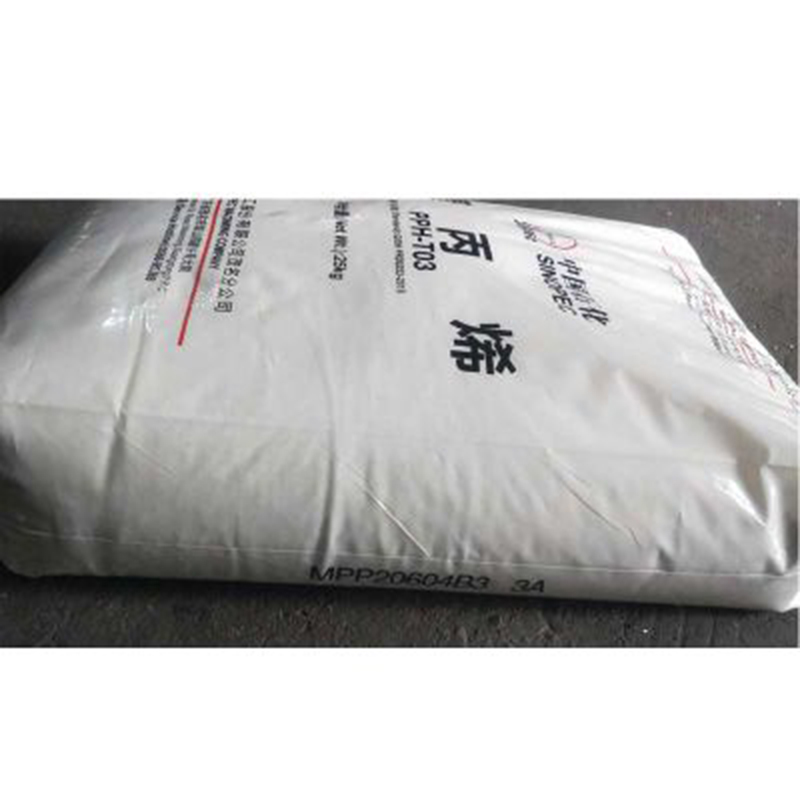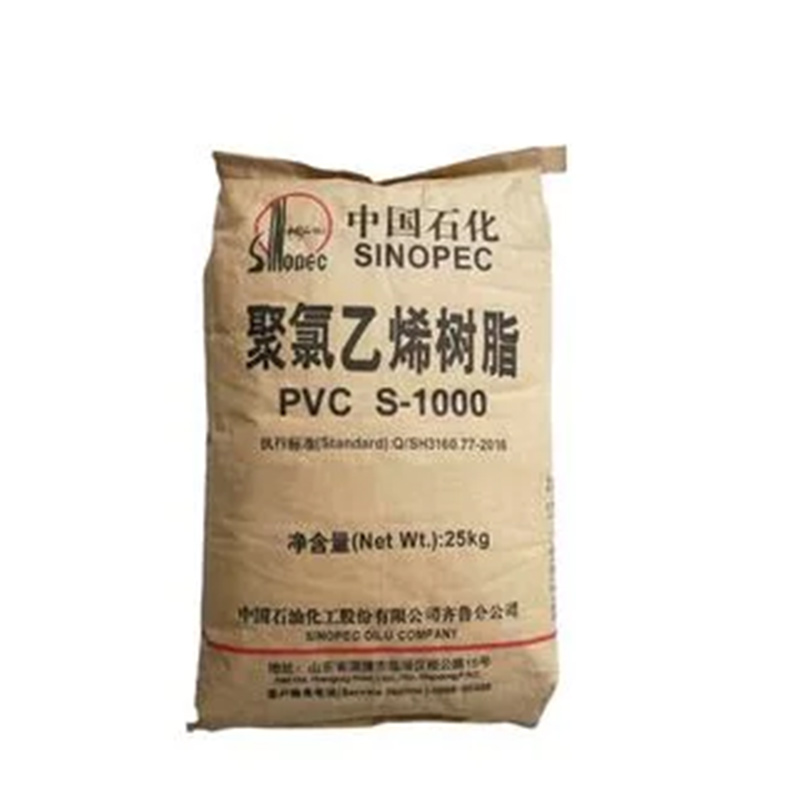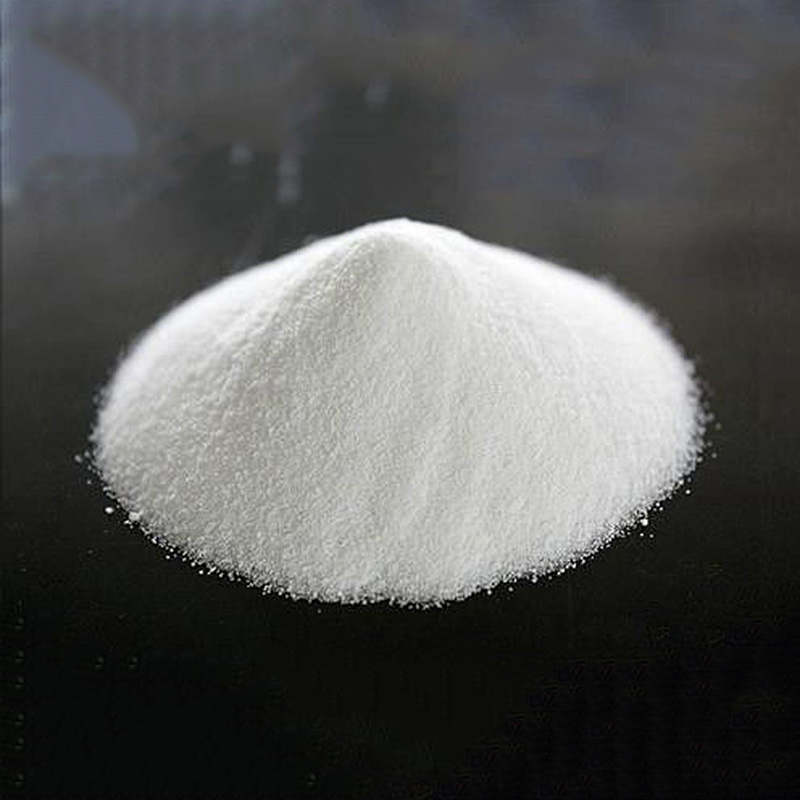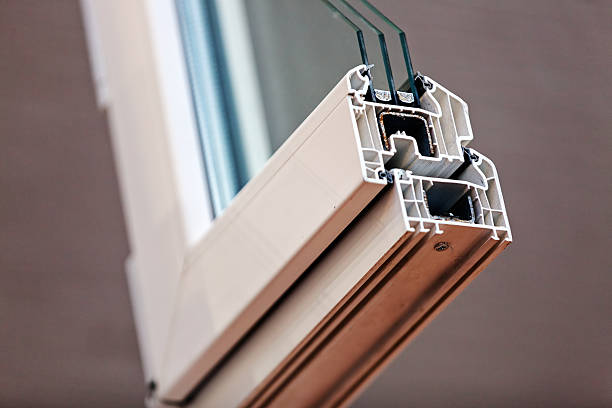PP resin for PP orientation stretching polypropylen
PP resin for PP orientation stretching polypropylen,
Polypropylene resin to produce OPP film,
Polypropylene is a synthetic resin made by polymerization of propylene (CH3—CH=CH2) with H2 as the molecular weight modifier. There are three stereomers of PP – isotactic, atactic and syndiotactic. PP contains no polar groups and has excellent electrical insulation properties. Its water absorption rate is less than 0.01%. PP is a semi-crystalline polymer with good chemical stability. It is stable to most chemical except strong oxidizers. Inorganic acid, alkali and salt solutions have almost no damaging effect on PP. PP has good heat resistance and low density. Its melting point is at around 165℃. It has high tensile strength and surface hardness and good environmental stress crack resistance. It can withstand 120℃ continuously.
Sinopec is the largest PP producer in China,Its PP capacity accounted for 45% of the country’s total capacity. The company currently has 29 PP plants by the continuous process (including those under construction). Technologies used by these units include Mitsui Chemical’s HYPOL process, Amoco’s gas phase process, Basell’s Spheripol and Spherizone process and Novolen’s gas phase process. With its strong scientific research capability, Sinopec has independently developed a second-generation loopprocess for PP production.
PP Features
1.The relative density is small, only 0.89-0.91, which is one of the lightest varieties in plastics.
2.good mechanical properties, in addition to impact resistance, other mechanical properties are better than polyethylene, molding processing performance is good.
3.It has high heat resistance and the continuous use temperature can reach 110-120 °C.
4.good chemical properties, almost no water absorption, and does not react with most chemicals.
5.the texture is pure, non-toxic.
6.electrical insulation is good.
Commonly used reference for PP grade
Application
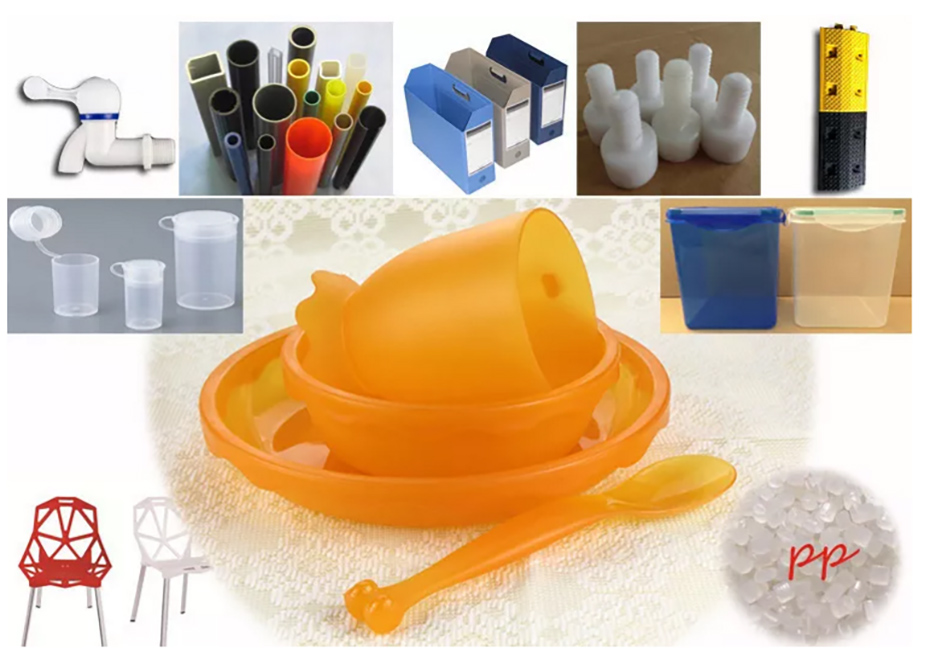
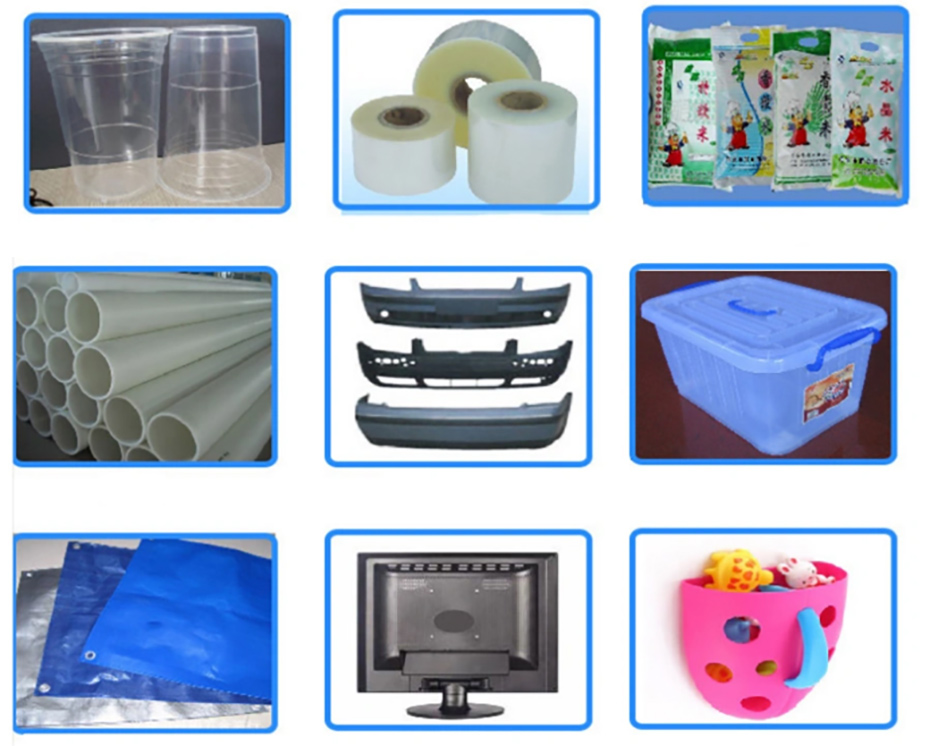
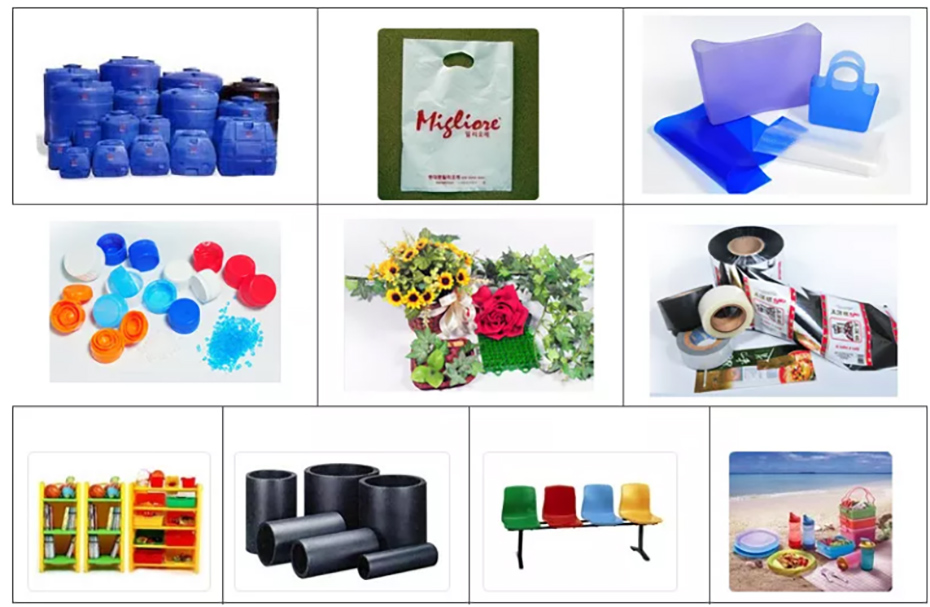
Package
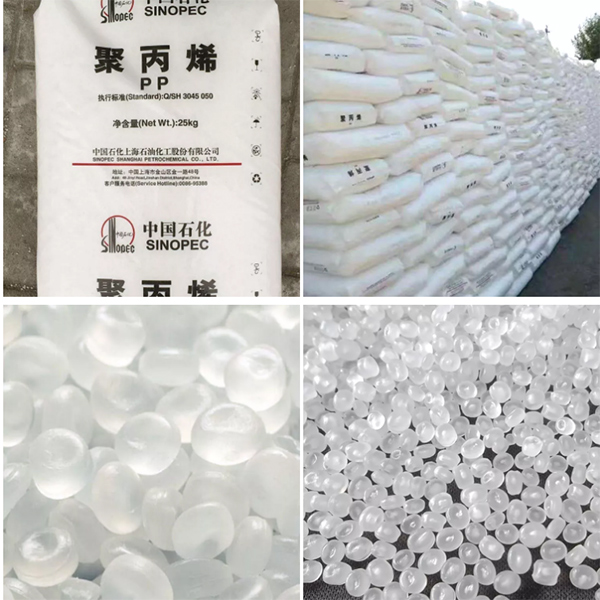
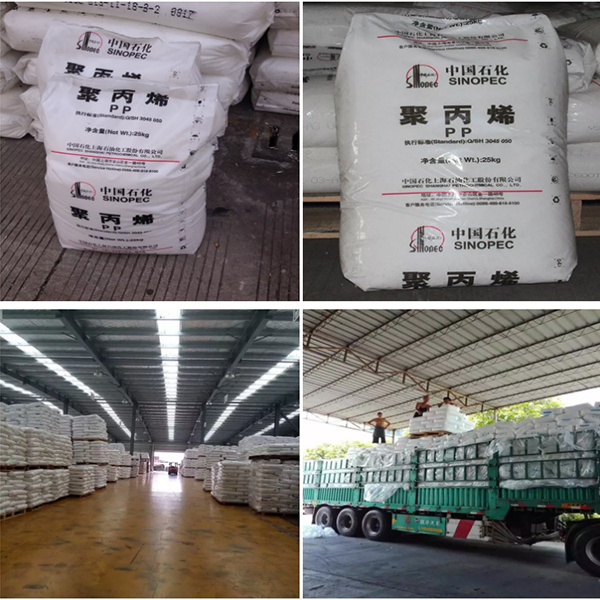
With over 100 different variations Polypropylene Film is one of the most widely used films in the world. A common application for polypropylene is as oriented polypropylene (OPP). This film has excellent moisture proof properties which makes this great for using normal inks which produces a very clear printing result. It is today a leading flexible packaging film second only to low density polyethylene in volume.
(OPP) Orientated Polypropylene Film
A thermoplastic polymer used in a variety of applications ranging from packaging, to carpets. The primary application of OPP film is in food packaging due to is good strength, high clarity, adequate barrier properties and relatively low cost compared to cellophane. It is in almost every part of your daily life. Polypropylene is very resistance to fatigue. So a plastic type hinge can be opened and closed over a 1000 times with no fatigue. Most flip-top packaging has this. The melting process of polypropylene is achieved via extrusion and molding. The common shaping technique used is injection molding. Other techniques are blow molding and injection stretch blow molding. By having the ability to tailor certain grades with specific molecular properties during manufacturing makes for a large number of end-use applications. An example of this would be the use of an antistatic additive to help the polypropylene surface resist dirt and dust.








